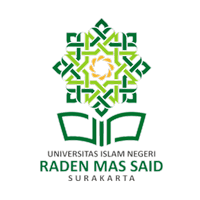Agrarian Law Policy: Transition of Baki Pandeyan Factory Land Function into Baki Community Ownership (1860 - 2024)
Contributors
Irma Ayu Kartika Dewi
Keywords
Proceeding
Track
General Track
License
Copyright (c) 2025 International Conference on Cultures & Languages

This work is licensed under a Creative Commons Attribution-NonCommercial-NoDerivatives 4.0 International License.
Abstract
This research examines the Agrarian Law policy that became the transition path of land conversion around the Baki Pandeyan factory area. The research begins with the arrival of the Dutch to occupy Baki since the establishment of the open door policy, the global economic crisis, Japanese exploitation in Solo in expelling the Dutch, to the post-independence political power shift in making asset ownership policies from foreign private entities to local communities. The main focus of the research lies on historical, social, legal processes. The results show that the implementation of the Agrarian Law became the main instrument that shaped the historical process of land rights around the Baki Pandeyan factory. The land use transition referred to in this research explains how the land around Baki in 1870 functioned as a Dutch company area until it turned into public facilities, government offices, agricultural areas and residential areas of Baki residents, until today. This research emphasizes the importance of understanding the interaction between legal changes and social dynamics in a historical context to see its impact on local communities. Thus, this article not only aims to present an overview of the impact of agrarian policy in Baki, identifying how these lands were used by the Dutch and local communities, but also as a form of effort to introduce areas and buildings in the Baki area that have traces of historical heritage from the Dutch colonial era.

